On the Road is a weekday feature spotlighting reader photo submissions.
From the exotic to the familiar, whether you’re traveling or in your own backyard, we would love to see the world through your eyes.
Albatrossity
More winter birds from Flyover Country
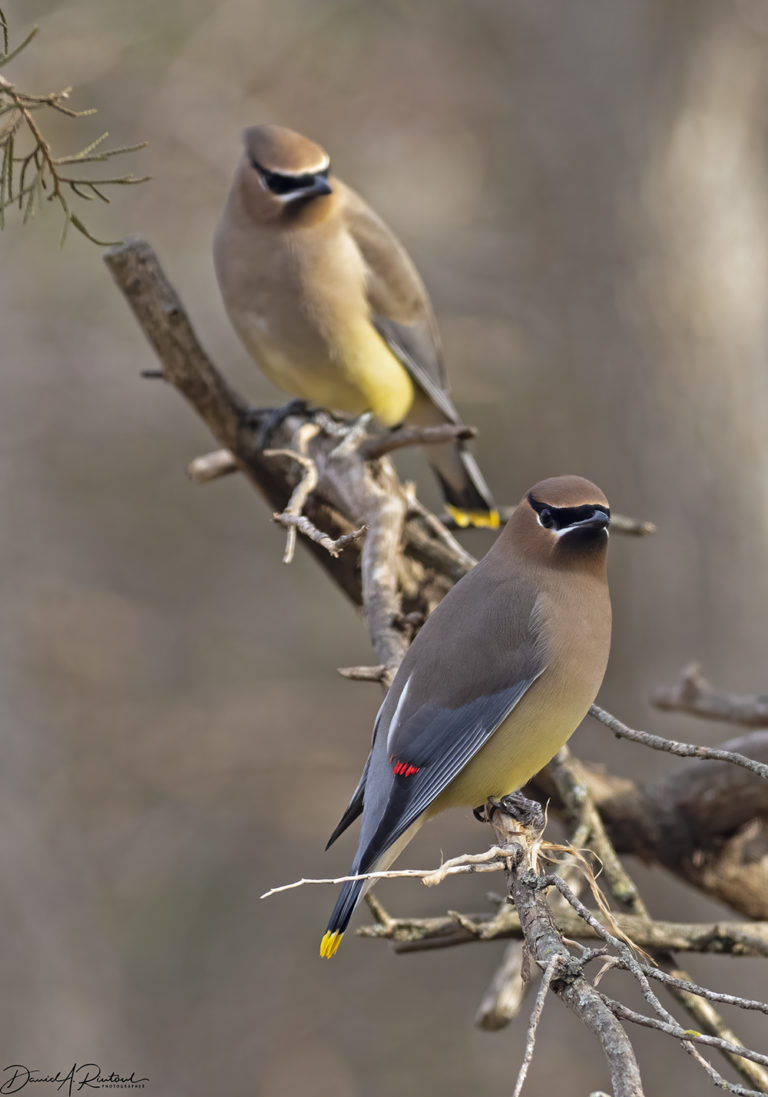
Many opportunities for seeing winter birds in Flyover Country or elsewhere are available if you have a bird feeder, and even more are available if you have water for them to drink or bathe in. Cedar Waxwings (Bombycilla cedrorum) have been scarce so far here this winter (an untimely freeze last spring hit the cedar fruits just as they were starting to develop). But a small flock paid a visit one afternoon, and I got a photo through the kitchen window.
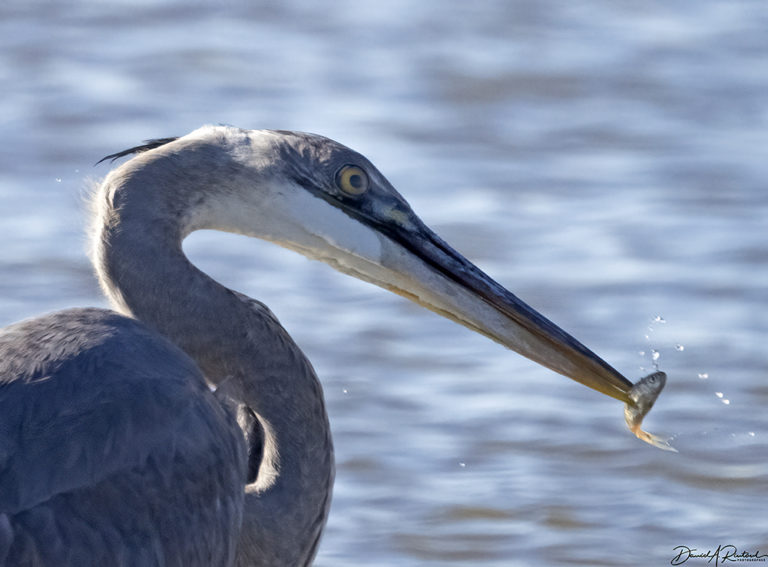
Wildlife refuges like Quivira NWR in central KS may not be as birdy in the winter as they are in the spring and fall, but they are also not as busy. So you can take your time and wait for the birds to adjust to your presence without another vehicle coming up behind you. I watched and waited while this young Great Blue Heron (Ardea herodias) was fishing successfully, and this was one of his prizes.
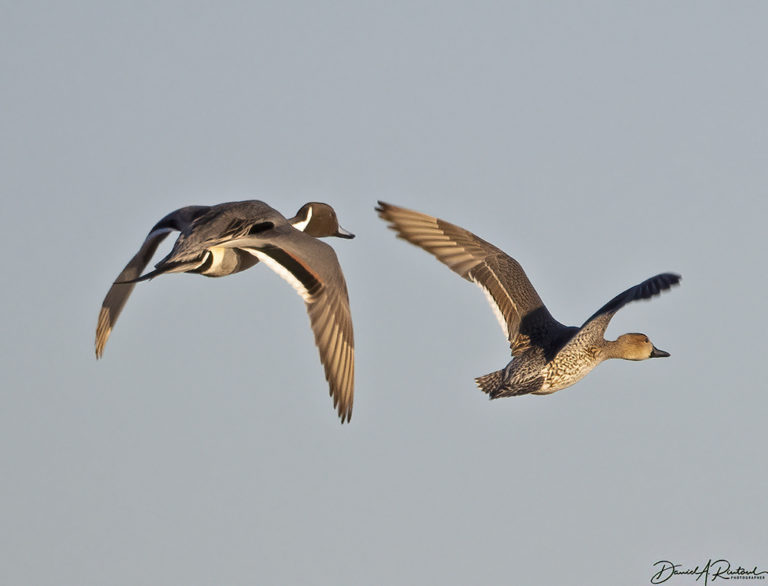
In warmer years there are still going to be some ducks at our refuges here in Kansas, and this is one of those years. Northern Pintails (Anas acuta) are fast and elegant fliers, so I felt lucky to get a shot of them in flight.
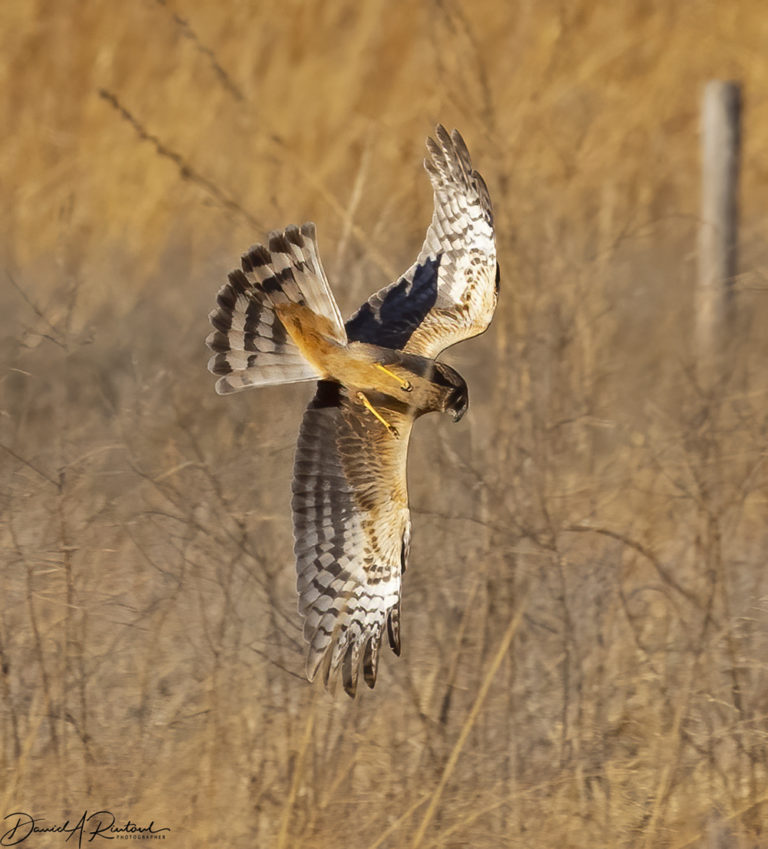
Quivira is also a great place to photograph raptors, like this female Northern Harrier (Circus hudsonius). Late afternoon light makes her predatory plunge even more dramatic!
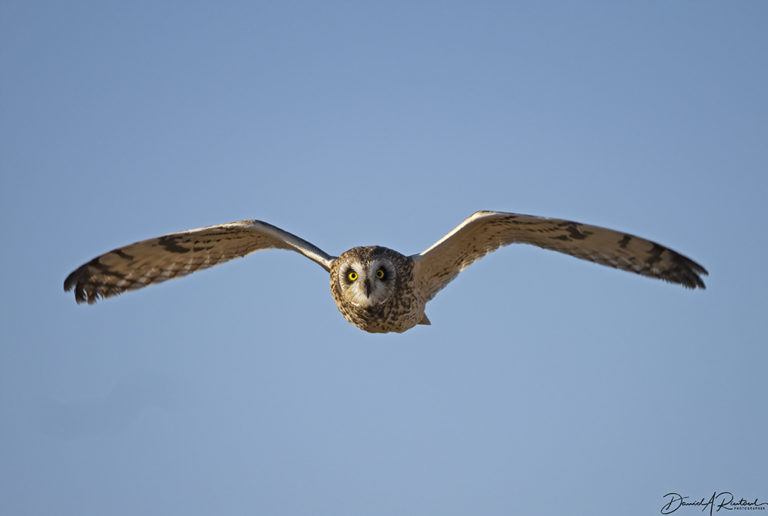
But the real highlights of the season at Quivira are the Short-eared Owls (Asio flammeus). About an hour before sunset they emerge from their roosting spots on the ground and get down to the business of finding the next meal. This one came rocketing toward me, making their characteristic barking call, while there was still plenty of light.
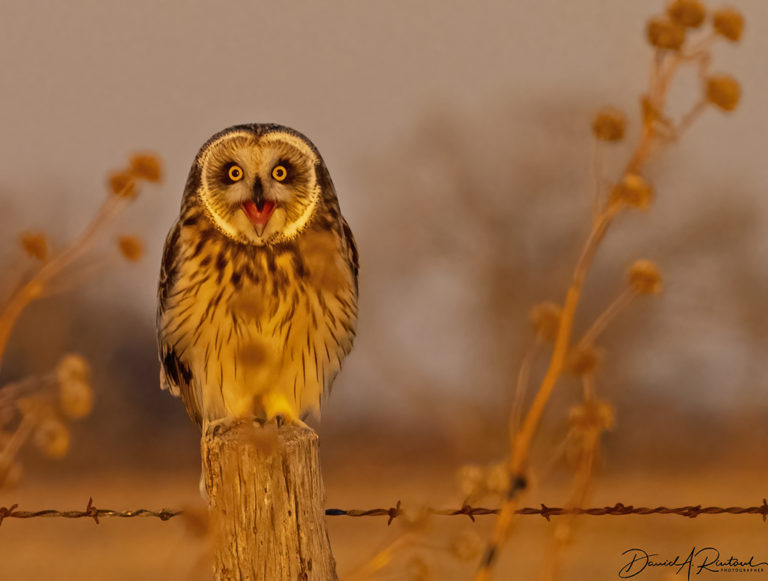
Later in the evening I caught another Short-eared Owl in mid-bark.
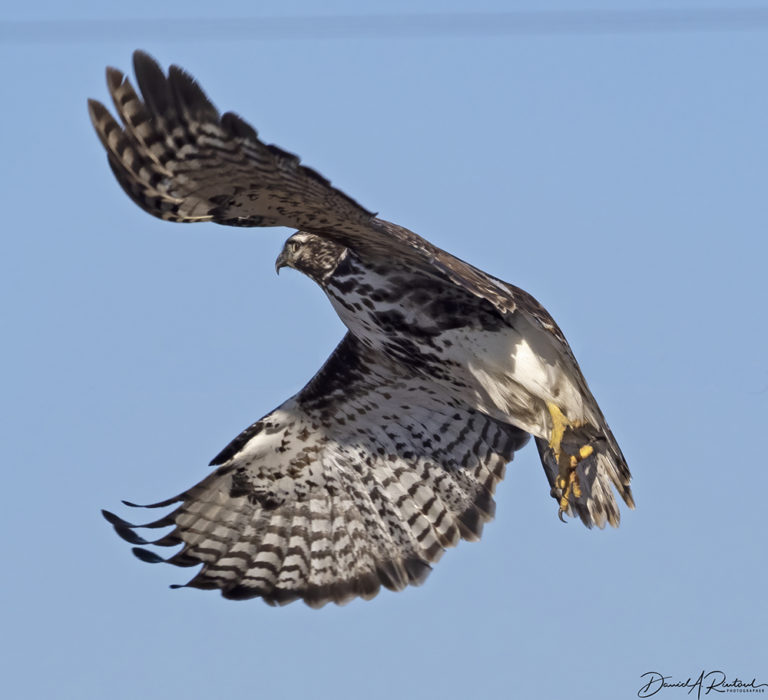
The next three birds are all Harlan’s Hawks (Buteo jamaicensis harlani), representing all three color morphs. Lots of people don’t know that there is a light-morph Harlan’s Hawk, and they are not common here. But the cold dark tones, fat wavy bands in the wings, as well as the mottling in the wing feathers, is a pretty good clue that this is not your typical Red-tailed Hawk.
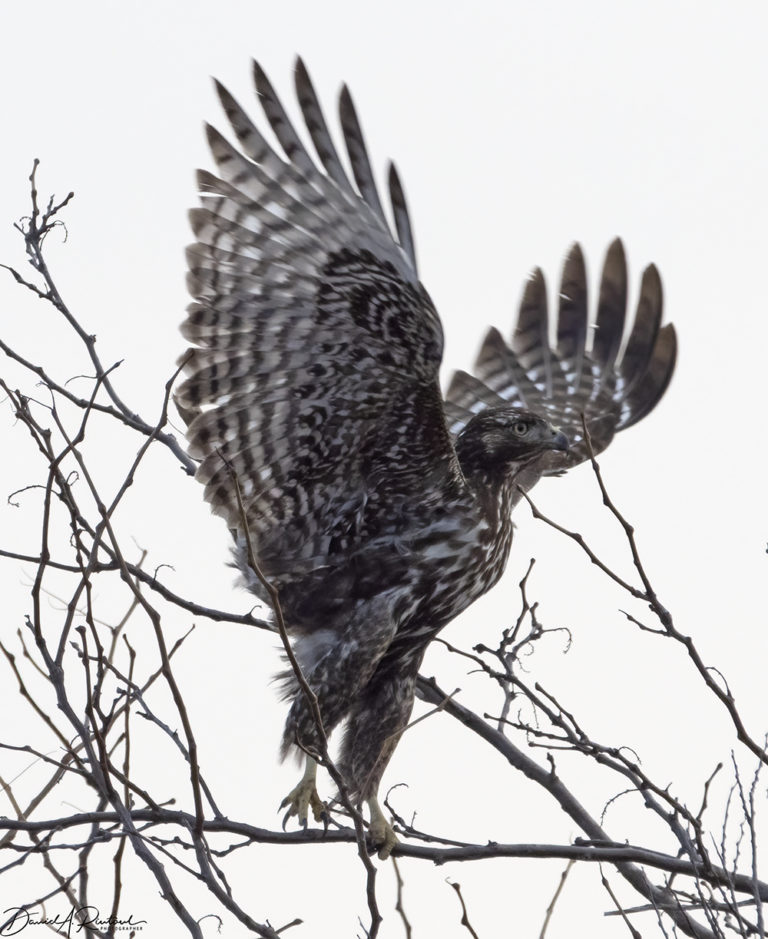
Intermediate-morph Harlan’s Hawks, with their checkerboard undersides, seem to be more abundant than usual here this year.
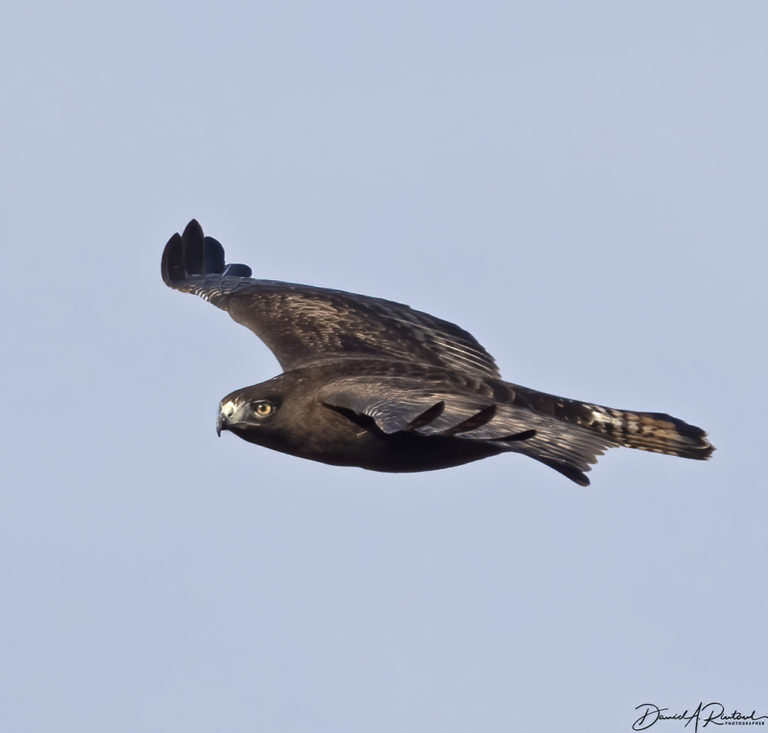
The Black Warrior, a dark-morph Harlan’s Hawk.
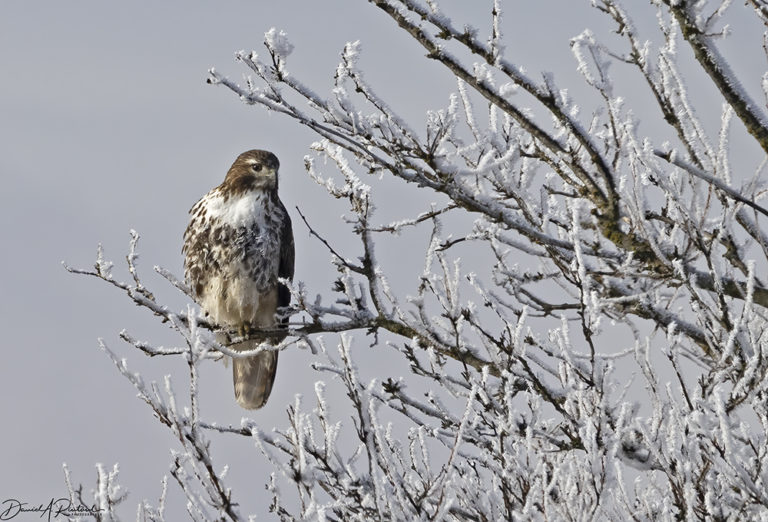
Finally, a northern Red-tailed Hawk (Buteo jamaicensis abieticola) and hoarfrost.

swiftfox
The NWR’s in Kansas always struck me as being so rural that they would not get crowds. The refuges I know best (Blackwater, Bombay Hook) are always birded heavily.
MagdaInBlack
Oh the cedar waxwings ! ❤️❤️
Laura Too
Fantastic! The way you capture the movement is breathtaking. Thank you for starting my week out so beautifully.
JPL
If eyes could talk…..!
japa21
I wish I could take pictures half as well as you do. We will get huge museums of waxwings in spring and fall and see a few during the summer. Rare to see them during winter.
Tdjr
Wonderful!! Thank you for sharing.
patrick II
I saw a huge flock (hundreds) of Tundra Swans finish their trip from the north to Virginia Beach yesterday. They were too far away for a good picture as they flew across the water and into the tall grass on the far side. I could hear their honking, though, as they greeted each other to their temporary home. A beautiful sight.
namekarB
I absolutely enjoy birding. Thank you for this post.
One of the amazing sights in the rice fields of the Central Valley north of Sacramento is all the wintering visitors. Yesterday I was happy to see several thousand Snow Geese (hard to distinguish from Ross Geese) and Tundra Swans as well as a few Trumpeter Swans. It is indescribable when they all take flight. And I would be remiss if I did not mention all the other waterfowl, like Mallards, Pintails, Canvasbacks, Northern Shovelers, Harlequins, Grebes and others I overlooked.
OzarkHillbilly
Cedar Waxwings…. sigh…
Mike S (Now with a Democratic Congressperson!)
Great! Those Harlan’s are amazing and also Waxwings! I love how you got that little branchlet of cedar foliage in the top left corner of the frame too! Thanks
Albatrossity
@swiftfox: Yes, Quivira is never as crowded as Blackwater or Bombay Hook. But on a weekend in the spring, or during shorebird season in the fall, there are enough other birders there that it is difficult to find a quiet spot and let the birds come to you. Birding is an activity that works OK with that level of humanity; bird photography is generally better when you have the place to yourself!
@japa21: Cedar Waxwings can be seen in just about every season here in NE Kansas, but late fall-early winter is generally the time of year when we get big flocks. Bohemian Waxwings, on the other hand, are excruciatingly rare here. I think I’ve see one in the state in the past 40 years or so!
Albatrossity
@Mike S (Now with a Democratic Congressperson!): Thanks! And thanks for noticing that compositional detail with the inclusion of the cedar foliage in the waxwing photo. They are such gorgeous birds!
arrieve
What a wonderful start to the week! They’re all spectacular photos of magnificent birds but I think the Cedar waxwings are my favorite. We do have them in NYC but I rarely see one.
You’ve put Kansas on the list of places I want to go, when going becomes possible again.
Elma
I miss having bird feeders. Last spring I sold my house out in the woods and moved into an apartment in the center of town. There are lots of birds here, but since I am only three blocks from Lake Michigan, they are all gulls. One interesting thing I learned, unlike most birds, gulls don’t shut up at night. They make an unholy racket 24/7.
Redshift
The cedar waxwing photo reminds me of the Audubon painting! My parents had a print of it hanging in our house when I was growing up.
Mustang Bobby
Oh, those are magnificent photos of magnificent subjects. I have never seen a Cedar Waxwing in person, but when I was a kid there were models that we could paint and put together, and the Cedar Waxwing was my favorite.
We have a small gaggle of Egyptian geese (a family with five or so little ones) along the bank of the canal behind my house. They are very territorial; their honks defending their turf are loud (but not obnoxious like the screeching peafowl), and when the parents march their goslings through my yard in search of lunch, they are beyond adorable.
mvr
Those are all amazingly good photos. How long into the Spring do the owls stay at the Quivira National Wildlife Refuge? It is about 5 hours from where I live and might be worth a trip. (Though not in today’s blizzard. I guess we don’t have the wind for an actual blizzard but they’re predicting 14 inches of snow and everything is closed.)
JustRuss
Amazing photos. Thanks for sharing them.
Albatrossity
@mvr: According to eBird data, Short-eared Owls will be there through February and at least part of March. There are other places to see them in Kansas, of course, but they seem to be more abundant than usual at Quivira this winter.
J R in WV
The Cedar Waxwings are great — here in our SW West Virginia low lands we have a local cluster of cedar trees, and when we still lived down in the hollow in the original farm house, there was a big cedar tree outside the big sliding door on the east wall of the kitchen.
One morning early I looked out at the tree and thought I was seeing things, as the tree was moving — it was a huge flock of cedar waxwings swarming the tree for berries. Amazing. You couldn’t see any detail on the birds, they were too actively moving from berry to berry.
The tiny fluorescent red wing tips are a new discovery to me, as is the glowing yellow racing stripe on their tail. Amazing how every time I see birbs in your photos I learn new details about the pictured birbs!! ;~)
Are the red tips common on most Cedar Waxwings? Or is that a rarer marking on just a few? Or even sex linked only on male or female birds?
And all those raptors!! Such dramatic birds!
And speaking of drama — Did I mention I was driving up another nearby narrow hollow a couple of weeks ago, road by the tiny creek as is so typical here, and a Great Blue Heron exploded up out of the creek right beside me? I saw one soaring over the Coal River my last drive to town, not nearly as impressive as having one explode out of the creek 8 feet away! Yeoww!
StringOnAStick
Cedar weddings are so beautiful, thank you!
We saw a Trumpeter swan on the river here in town Saturday; made the Canada geese look tiny.
For owl lovers, read the book “Westly: the Story of an Owl and his Girl” about a woman who raised a barn owl from hatching, initially for a research project and then as a permanent companion after the project collapsed from lack of funds. A true and touching story.
Kattails
wonderful pics, great lighting for that late afternoon owl on the post. Cedar waxwings are so elegant! And your kitchen windows must be a lot cleaner than mine for that shot ;-)
J R in WV
@StringOnAStick:
That was a remarkable book, indeed. I learned a lot from it.
Owls are amazing! I talk with them often in the dusk twilight…
Albatrossity
@J R in WV: Re the red tips on the secondaries, it’s complicated. Males will have more of those than females, but younger birds, male or female, won’t have any at all. Here’s a good resource on that.
And yeah, a Great Blue Heron jumping up a few feet from you would definitely start your heart pumping faster!
A woman from anywhere (formerly Mohagan)
@Albatrossity: Over several years I have seen Cedar Waxwings in town (Ukiah CA) eating the berries on the Chinese Pistache trees which line one of the main streets. Always a thrill. The high keening sound of their vocalizations originally attracted my attention and now I recognize it. They are smaller than I had imagined. I thought they’d be the size of Robins / Scrub-Jays / Mockingbirds for some reason.
All your pictures are wonderful!
mvr
@Albatrossity: Thank you!